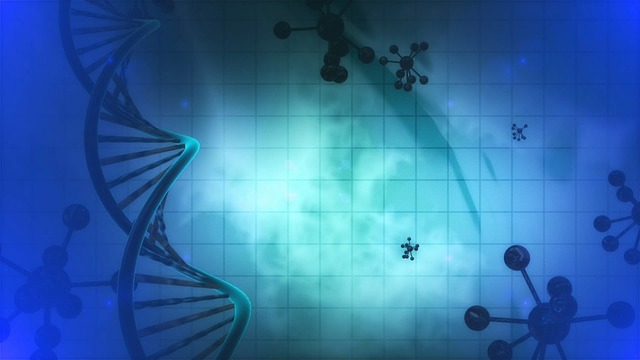Life can’t exist without the chemical reactions which are the backbone of metabolism. For a fleeting moment in time called lifespan, such chemical reactions maintain stable internal conditions. We call this homeostasis. Do chemical reactions remain the same with age?
According to a new hypothesis of aging – which unfortunately I didn’t get to include in ‘The aging gap between species‘ – the answer is a resounding NO. In other words, chemical reactions lose their specificity with age. Known as the chemical specificity loss theory or the biochemical theory of evolution, this concept may explain parts of the aging puzzle. Read on.
A chemical reaction takes place when a set of chemical substances transforms itself into another. When those sets include two substances, here is how a basic chemical reaction looks like:
A+B=>C+D
When young, A and B easily change form and transform themselves to output C and D, providing cells with energy and building blocks for growth and repair. But as times passes by, several things can happen:
- there is less of A, B or both – whether by decreased synthesis, decreased ingestion or decreased absorption
- there are fewer catalytic substances that would allow the reaction to take place in useful time – this is crucial in homeothermic species, us included.
All this sounds good in theory, but you may be thinking what do I actually mean so here are a couple of examples of chemical reactions gone astray:
- many tissues develop hormone resistance, the best known one being insulin resistance
- fewer antibodies are produced by B immune cells hence a lower rate of vaccine success in third age
- proteins – enzymes included – bind to several substrates instead of certain chemical substances only
- stem cells are less responsive to division stimuli as time passes by
- several drugs lose their efficiency when administered on the long term – especially in the elderly – corticosteroids, anticholinergics, antipsychotics, levodopa medication for Parkinson. This is one the most difficult aspects of geriatrics – what worked yesterday may not work today.
Because of these degenerated chemical reactions, cells are not what they used to be. Chemical specificity loss may lead to decreased efficiency of fuel burning inside the cells with division and differentiation issues down the line. Cells undergo a loss of differentiation and because of growth caps – like telomerase loss – they are unable to repair and keep on growing tissues. Hence autoimmune and cancer disorders run rampant with age.
As you can see, even local loss of chemical specificity may have systemic effects all over the body thanks to the communication highways like the neural, endocrine, immune and other systems. Even if tissues may age at different speeds, aging is a systemic disease nevertheless.
Why is this all important?
Because the theory of chemical specificity loss could switch directions of current aging research. We got so used to focus on the nucleus and its genetic blueprint. But what if that genetic blueprint is like the smartphone I’m currently typing on, while the actual action takes place by the person actually typing and directing the smartphone to output this blog post?
Here are a couple of ways this theory may be used in anti-aging research:
1. Metabolism drives epigenetics. Novel epigenetic reversal drugs could increase the specificity of chemical reactions inside the cytoplasm milieu instead of switching genes on and off.
2. Calorie restriction leads to decreased insulin resistance on the long term. Since calorie restriction acts by inducing autophagy to increase efficiency in burning fuel, this clearing up of intracellular junk may lead to increased chemical specificity. Metabolite concentration studies may show other ways in which chemical specificity is modulated by calorie restriction.
3. Parabiosis may improve the chemical specificity of old tissues by releasing youth-associated growth factors back into the circulation.
As regards the unexplainable by current aging theories, chemical specificity loss may bring light on mammal-reptiles lifespan differences. I have previously mentioned the effect of temperature on aging and how it is differently regulated in homeothermic versus heterothermic animals. The chemical specificity loss is able to explain things in more detail as homeothermic animals are characterized by fast chemical reactions. Such species – ourselves included – need to constantly burn fuel to maintain our temperature constant. The problem is that fast chemical reactions lose their specificity just as fast. Hence this may explain why mammals live shorter lives compared to same-sized reptiles.
What do you think about this theory? I’d love to hear from you in the comments section or by contacting me directly.
Anca Ioviţă is the author of Eat Less Live Longer: Your Practical Guide to Calorie Restriction with Optimal Nutrition and ‘The Aging Gap Between Species’ available on Amazon and several other places. If you enjoyed this article, don’t forget to sign up to receive updates on longevity news and novel book projects!






actually we can not think of life without chemistry. chemistry is everywhere of life.